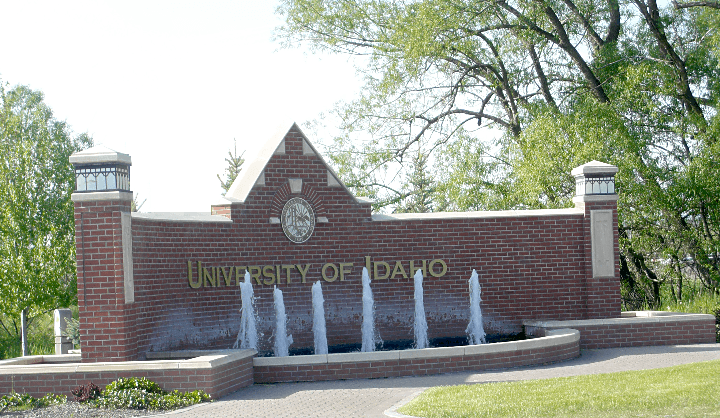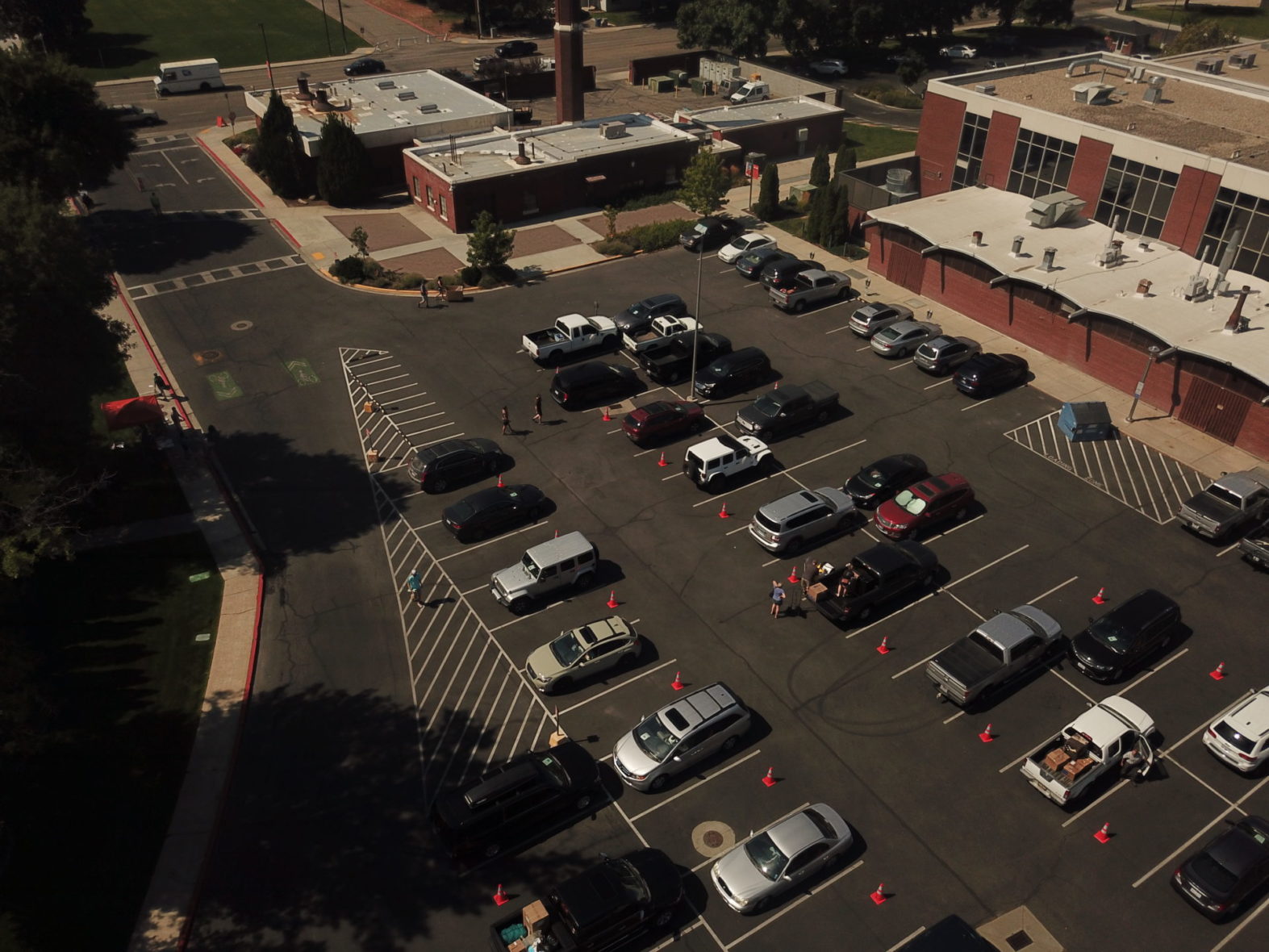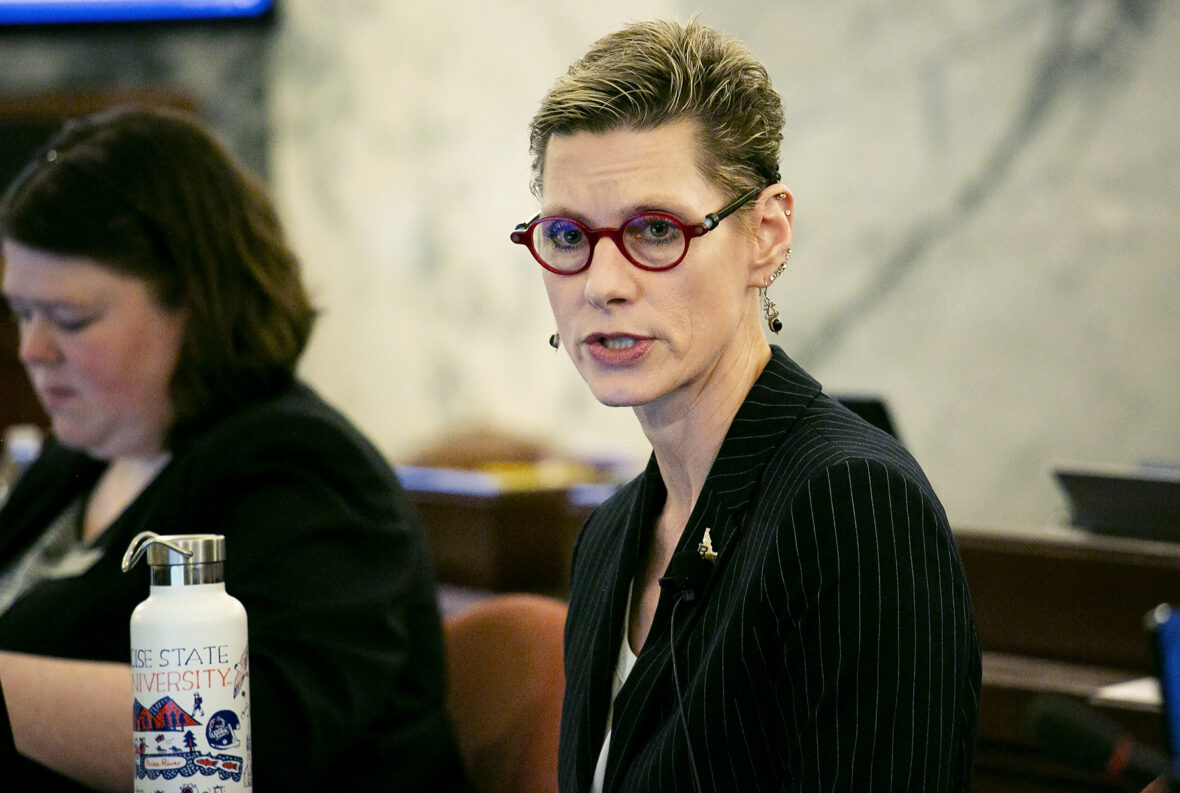
18 Months, 5,000 Students: Idaho Colleges And Universities Face A Deep Enrollment Decline
BY KEVIN RICHERT / IdahoEdNews.org
Originally posted on IdahoEdNews.org on June 21, 2021
Idaho’s public colleges and universities have lost more than 5,000 students since the pandemic.
It’s not worst-case scenario stuff. The 18-month dropoff was 8.7%, but administrators feared a 20% decrease.
By placing a premium on face-to-face learning — in the midst of a public health crisis — the Idaho schools served those students who were determined to start or continue college. Students who were willing to travel across state lines for an in-person classroom experience. Students who wouldn’t, or couldn’t, put their education on hold.
The story of Idaho higher education in 2020-21 is one of adaptation.
Boise State University administrators scrambled to move classes from lecture halls to the stands at ExtraMile Arena. Professors adjusted to move classes to an online platform, including hands-on labs that didn’t translate easily to the Zoom zone. Students adjusted to face masks, socially distanced dorms and cafeterias and frequent COVID tests — and some said they got into the habit of sleeping in, clicking on their laptops and quickly logging into an online class while wearing pajamas.
As a historic year ends, a challenge looms: reversing the 18-month enrollment decline.
Idaho’s colleges and universities are in urgent need of student tuition and fees, after decades of receiving a shriveling slice of the state budget.
The enrollment problem is a financial and economic problem, since employers need qualified workers in order to locate, expand or stay in Idaho. Perhaps most importantly, a college degree opens new career options for Idaho’s young adults — who have said no to college in the past year, and in alarming numbers.
Idaho’s numbers and national patterns
In all, 53,391 students were enrolled this spring at Idaho’s two- and four-year schools. In fall 2019, pre-pandemic, enrollment totaled 58,454. (This number does not include dual-credit enrollment, high school students taking college-level classes through one of the institutions.)
Enrollment has fallen by at least 5 percent at every public college and university, save for the College of Eastern Idaho, the state’s smallest and newest community college.
The raw numbers tell only part of the story.
Last fall, many Idaho colleges and universities struggled to attract some students that are hard to get under normal circumstances: first-generation college students and students who qualify for federal financial aid. Enrollment numbers for Hispanic students were mixed, increasing at some schools, decreasing at others.
Plus, nearly every college and university in the state saw a dropoff in first-year enrollment — recent high school graduates continuing their education.

University of Idaho in Moscow. CREDIT: Robbie Giles CC BY-SA 2.5 creativecommons.org/licenses/by-sa/2.5
Idaho’s community colleges have taken the brunt of the enrollment decline, much like their counterparts nationally. And the high school graduating class of 2020 didn’t just do a disappearing act in Idaho; nationally, freshman college enrollment fell by 13 percent and 20 percent at the community colleges.
In recent years, American colleges have made up ground on the equity gap, attracting a more diverse student body. But the decrease in first-year college enrollment has been most acute in high schools with high poverty or high numbers of minority students, said Douglas Shapiro, vice president for research and executive director for the National Student Clearinghouse Research Center in Herndon, Va.
“Overall, the effect has been that this pandemic, as in so many other areas, has been exposing and widening the existing inequities of our society,” Shapiro said during an Education Writers Association national seminar in May.
Idaho’s missing students
In the spring of 2020, the state’s three four-year universities were poised for an enrollment boom. Applications and admissions were strong, and it was only a question of how many prospects would arrive on campus.
When the pandemic hit, the rosy forecasts withered away.
For one thing, when Idaho high school seniors were sent home for the rest of the year, the job of the school adviser became even busier than before. They had less time to help seniors work their way through the college application gauntlet; shifting into triage mode, the advisers simply had to make sure seniors were keeping up with their high school work and on track to graduate.
“They were challenged just to get a hold of students,” said Kris Collins, Boise State University’s associate vice president for enrollment services.
At the University of Idaho, some of the trends are reversed.
For spring 2021, new, first-time student numbers are up 10 percent from a year ago. New students were willing to give a first year of college a try, and out-of-state students came seeking the face-to-face experience they couldn’t get at home, said Dean Kahler, the university’s vice provost for strategic enrollment management.
However, the U of I’s returning student numbers have fallen by nearly 6 percent since last spring, causing an overall enrollment decrease. Kahler clicked off several factors. Some students stayed home because of the economic downturn, others were worried about the virus, while others didn’t want a repeat of their online college experience from the spring of 2020.
Not unlike the scientists and infectious disease experts who have tried to unlock the mysteries of the coronavirus, college and university officials have been trying to determine the pandemic’s effects on their institutions.
Last summer, College of Southern Idaho officials were staring at a big enrollment dropoff. The numbers rebounded at the last minute. CSI Dean of Institutional Effectiveness and Communication Chris Bragg isn’t quite sure why, but college officials have some theories.
CSI marketed aggressively during the summer. The college opened the campus to instant summer signup days, which allowed socially distanced students to show up for the first time, register for classes outdoors, and leave at the end of the day with a class schedule. The promise of some face-to-face instruction might have been a draw for students who were uneasy about enrolling at a costlier four-year school that couldn’t guarantee in-person instruction.
But mysteries remain. Pointing to the state’s dropping college go-on rate, Bragg isn’t really sure what became of the area high schools’ class of 2020, or whether these students might show up later.
“Our speculation is they’re still around,” he said.

A year of declining enrollment and changing demographics
To a large extent, Idaho colleges and universities are surviving the pandemic by attracting out-of-state students.
But while out-of-state students chose Idaho, Idaho students evidently chose a hiatus. That’s what Boise State learned when it tracked its no-show students. “They are taking a true wait and see,” Collins said. “They are legitimately sitting completely out.”
The result: Since the pandemic, in-state enrollment has fallen by 10.9%, while out-of-state enrollment has decreased by only 1.5%.
Nearly three of every four students in Idaho’s colleges and universities still come from Idaho. And the U of I and Boise State say that the out-of-state students will not squeeze out qualified in-state applicants. But the trend is clear. Boise State’s nonresident undergraduate enrollment has climbed from 4,422 to 6,400 since the spring of 2017. Nonresident applications are up 35 percent at the U of I, Kahler said, a result of marketing across the Western Undergraduate Exchange, a multistate program requiring out-of-state students to pay no more than 150 percent of a school’s in-state tuition.
“It’s been incredibly intentional for us,” he said.
That sounds good, until you look at the flipside. Fewer in-state students, fewer first-generation and rural students and flat or decreasing Latino enrollment all add up to campuses that look a little bit less like Idaho itself.
It’s a troubling trend — and maybe an unsustainable one, especially if out-of-state students decide to stay close to home after the pandemic.

The pandemic has posed many challenges for Idaho colleges, while exposing the stubborn problem of trying to attract a more diverse student community.
Boise State President Marlene Tromp is acutely aware of the problem and the political implications, as conservative lawmakers question whether Idaho’s campuses reflect Idaho’s values. But as a first-generation college student from rural Green River, Wyo., solving the enrollment problem, post-pandemic, is a personal cause.
“We have a special responsibility to serve students who were like me,” she said. “We do a disservice to the world if we don’t educate those young people and get their voices into the conversation.”
These stories were produced with support from an Education Writers Association fellowship.
This series, at a glance
Monday, June 21: Eighteen months, 5,000 students: Idaho colleges and universities face a deep enrollment decline
Monday, June 21: Why they showed up: Three students tell their stories
Tuesday, June 22: The student experience: adjusting to classes and campus life in a pandemic
Wednesday, June 23: Even as the pandemic recedes, students might not return to campus
Thursday, June 24: Students came from the across the globe — and stayed in Caldwell















